Armed with some common kitchen ingredients and curiosity, we’ll explore a series of fun and educational kitchen science activities for kids. We do a ton of activities and experiments, and have compiled a list of our favorites centered around the kitchen, baking, cooking, and food. Get your kids excited about food science with these simple experiments.
DIY Ice Cream
Chill out with some science fun as we turn everyday ingredients into a creamy delight. Discover the cool secrets behind making your own ice cream at home – it’s a sweet experiment your taste buds will thank you for!
Making Butter
Shake up some science! Learn how to transform heavy cream into butter with a few simple ingredients and a bit of muscle power. It’s an edible experiment that’s both fun and delicious.
Fruit Density Experiment
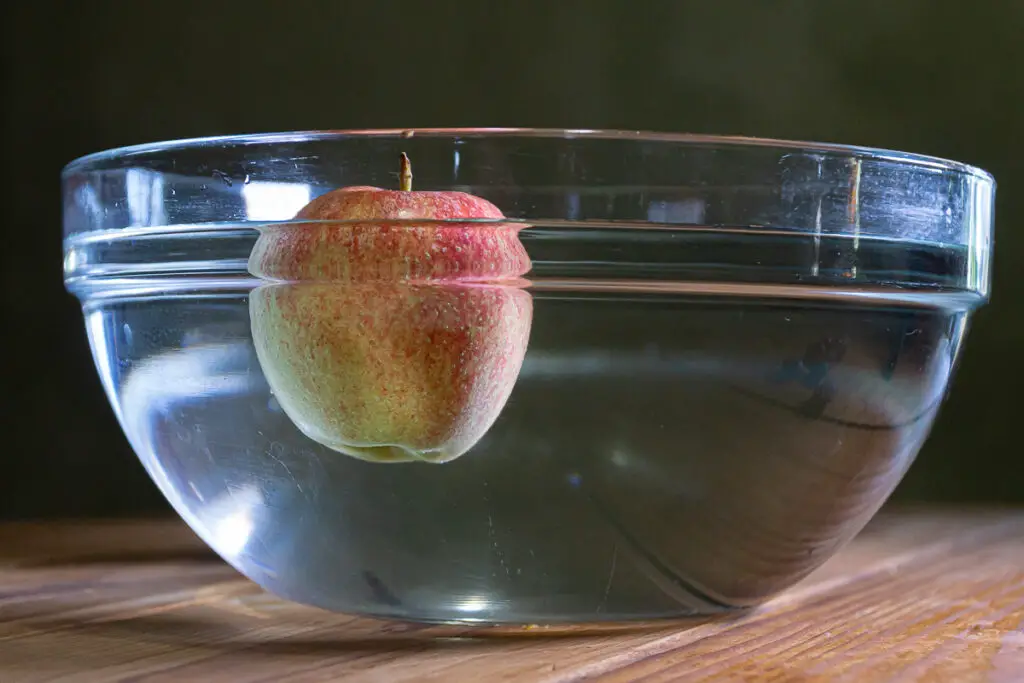
Kitchen science experiments don’t get any easier than this no prep gem. Explore how different fruits behave in water and unlock the mysteries of density. It’s a colorful, tasty experiment that’s sure to make a splash.
Water Density Egg Experiment
Can an egg float? This simple yet fascinating experiment will show you how water density can be manipulated to make an egg rise or sink. It’s egg-citing science at its best!
Dancing Raisins
Watch raisins boogie in a glass! This fizzy fun science experiment is a great way to learn about gas and buoyancy. Get ready for some raisin’ action that will keep the kids captivated.
Kitchen Scrap Gardening
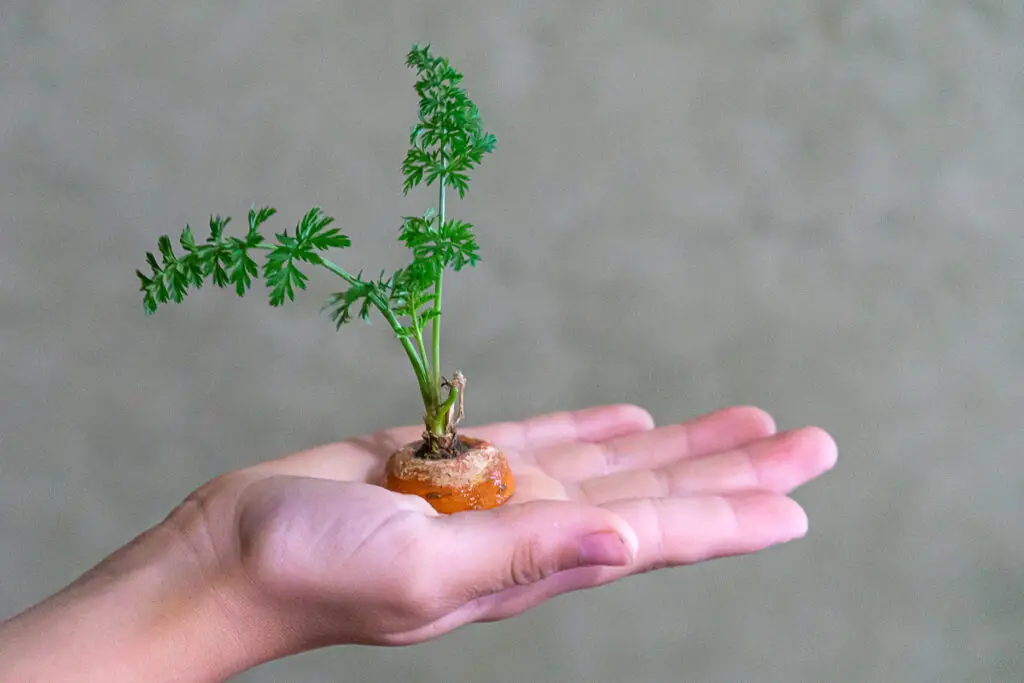
Don’t throw away those scraps – grow them! Learn how to turn kitchen waste into beautiful, living plants. It’s a green and groovy way to understand plant science.
Rotting Pumpkin
Discover the spooky side of science by observing a pumpkin’s transformation over time. It’s a fascinating, if slightly gross, way to learn about decomposition. (You can also learn how to prevent your pumpkins from rotting.)
Rotting Food Experiment
Get ready for a slightly smelly science adventure. Watch different foods as they decay and uncover the mysterious process of rotting. Warning: this experiment is not for the faint of nose!
Moldy Bread Experiment
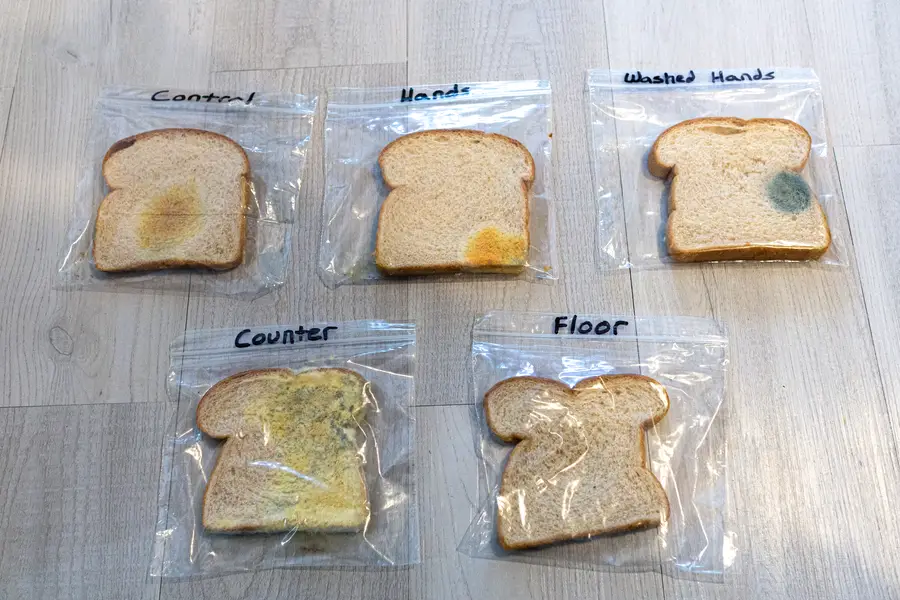
Drop bread on different surfaces and see what mold grows with the classic moldy bread experiment. Learn about fungi and the conditions that encourage mold growth – it’s grossly amazing!
Apple Oxidation Experiment
Why do apples turn brown? Unravel this mystery with a simple and visual experiment that teaches about oxidation. It’s a crisp way to learn some core science concepts
Dissolving Candy
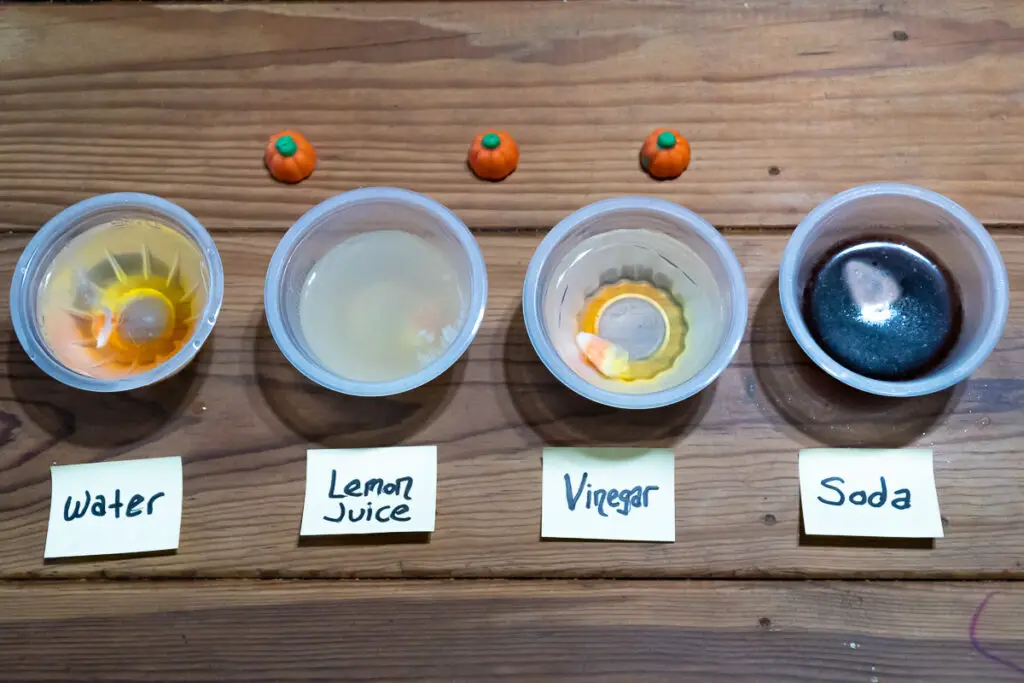
Watch as candy colors swirl and dissolve before your eyes. This sweet experiment is a delicious way to learn about solubility in different types of liquids.
DIY Rock Candy
Grow your own sparkling sugar crystals and make rock candy at the same time! It’s a delicious geological journey that combines science with a sweet reward. Choose your favorite flavors and food coloring for different holidays and events!
Candy Glass
Transform sugar into stunning edible glass. This experiment is a perfect blend of chemistry and kitchen artistry – a real treat for aspiring young scientists.”
Candy Buildings
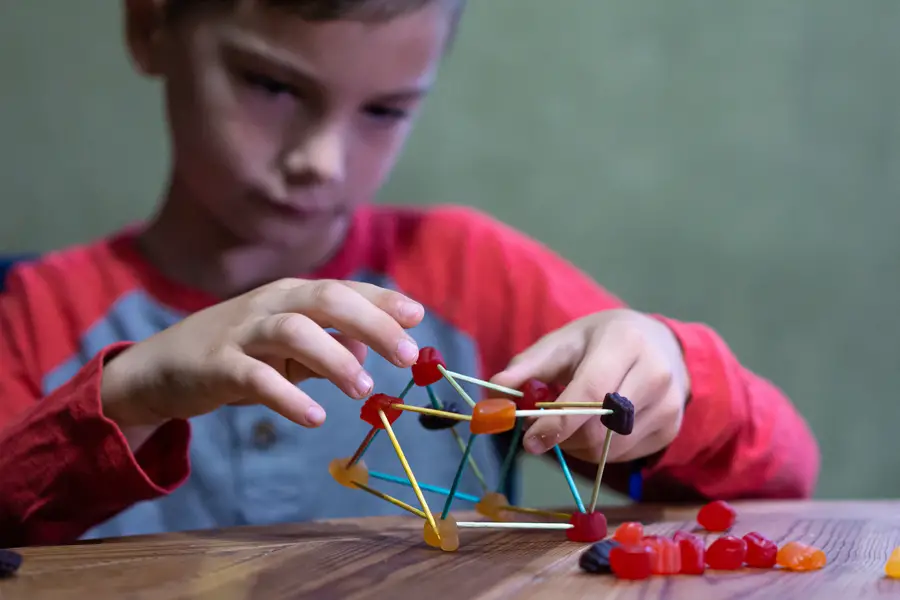
Have fun designing and building towers (or a whole city) with candy and toothpicks. You can practice some candy chemistry and use the same idea to construct models of molecules.
Microwave Marshmallow
Ever wonder what happens to a marshmallow in the microwave? Find out in this puffy and fun experiment that’s all about heat and expansion.”
Plasma Grapes
Experience the thrill of creating plasma in your microwave with just a grape. It’s a dazzling display of science that’s sure to light up your kitchen lab
DIY Popsicles
Freeze your way to scientific discovery! Learn about freezing points and solutions as you make your own delicious popsicles. It’s a cool experiment for hot days
Chemical Reactions with Vinegar and Baking Soda
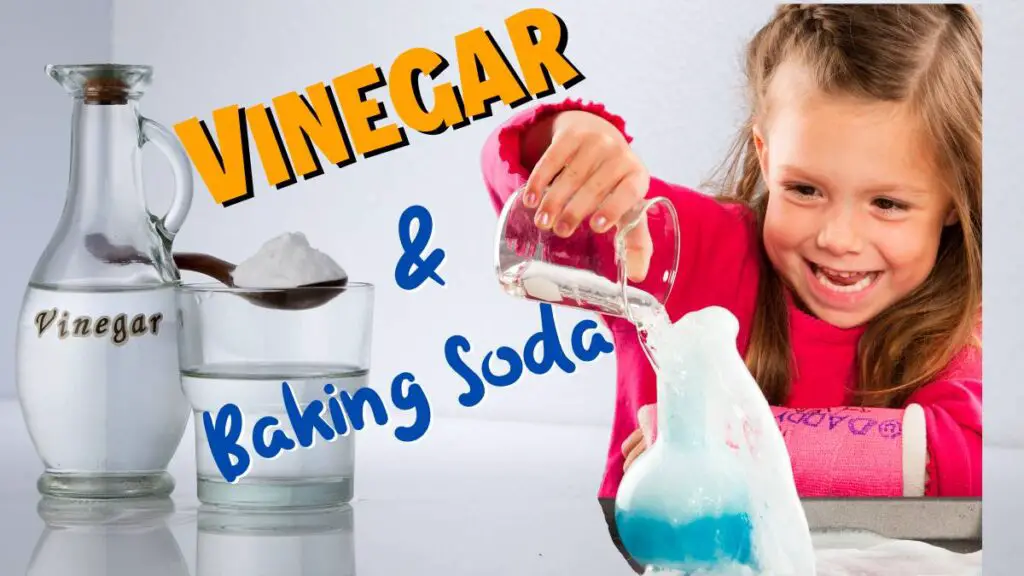
Fizz up your day with a classic science experiment. Explore the bubbly reaction between vinegar and baking soda with these projects for kids. Learn about the chemical reaction with a variety of experiments to try:
Blow up a Balloon with Gas
Fizz up your day with a classic science experiment. Explore the exciting reaction between vinegar and baking soda – it’s a bubbly blast!
Apple Volcano
Fizz up your day with a classic science experiment. Explore the exciting reaction between vinegar and baking soda – it’s a bubbly blast!
Pumpkin Volcano
Transform a pumpkin into a spectacular volcano. This explosive experiment is perfect for fall and combines science with seasonal fun
Puking Pumpkin
Get ready for some ooey-gooey science with a pumpkin that ‘pukes.’ It’s a hilarious variation on the classic experiment with vinegar and baking soda that’s perfect for Halloween.
Invisible Ink with Lemon Juice
Write your own secret messages with the classic Invisible Ink experiment using lemon juice. This simple science activity teaches the basics of acid-base reactions and evokes the intrigue of secret agents and ancient spies.
Rubber Wishbone
Turn a chicken wishbone into rubber with a simple science trick. It’s a fascinating way to learn about the properties of materials
Naked Eggs (Rubber Eggs)
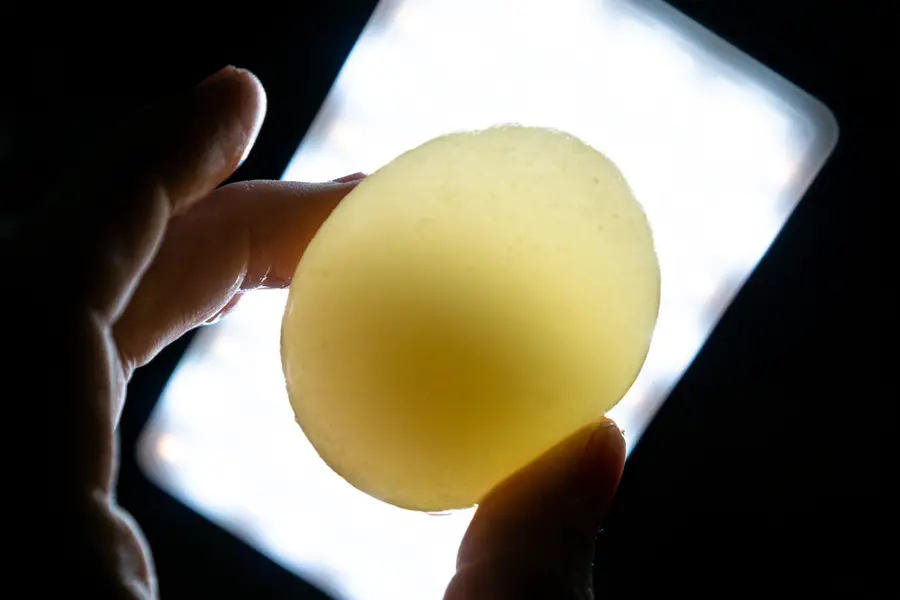
Witness the amazing transformation of an eggshell in vinegar. This experiment reveals a squishy surprise – a naked egg!
Plastic Milk
Transform milk into plastic in this surprising kitchen science experiment! By adding vinegar to heated milk, witness the curdling process that creates a moldable substance. This simple yet enlightening activity is a perfect blend of chemistry and historical discovery, showcasing the early forms of biodegradable plastics.
Milk Surface Tension Experiment
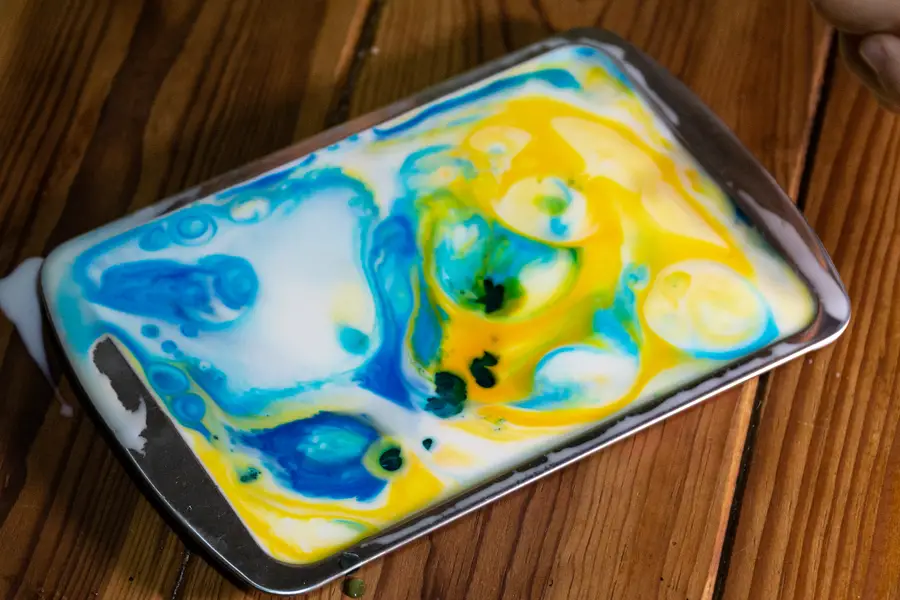
Watch colors swirl in milk that looks like something between an acrylic painting and a lava lamp.
Pumpkin Pie Fractions
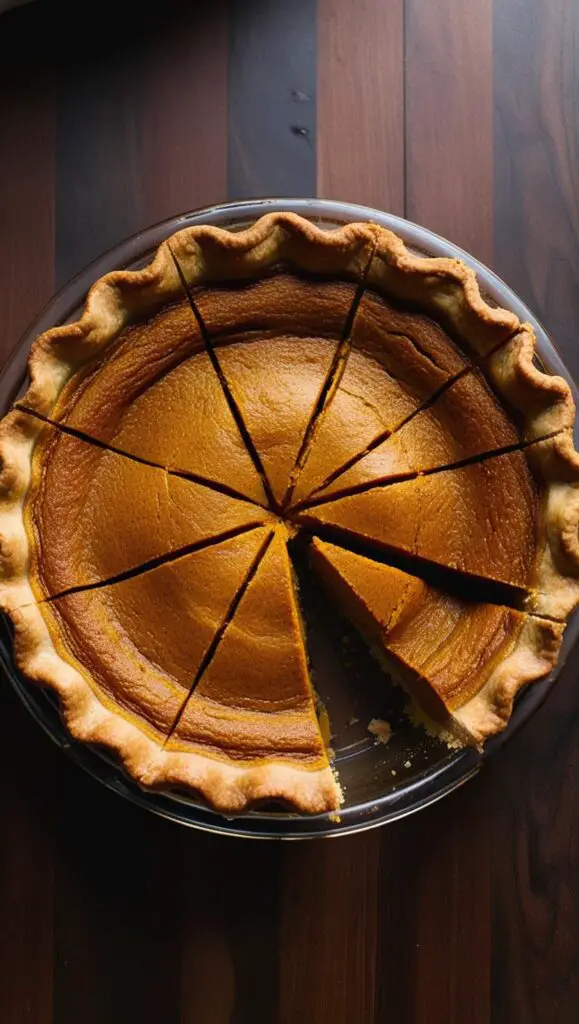
If you’re going to be slicing up a pie, you may as well do a quick “real world” math lesson. Have your kids earn their slice of pie by correctly identifying what fraction of the pie they are getting.
Oreo Moon Phases
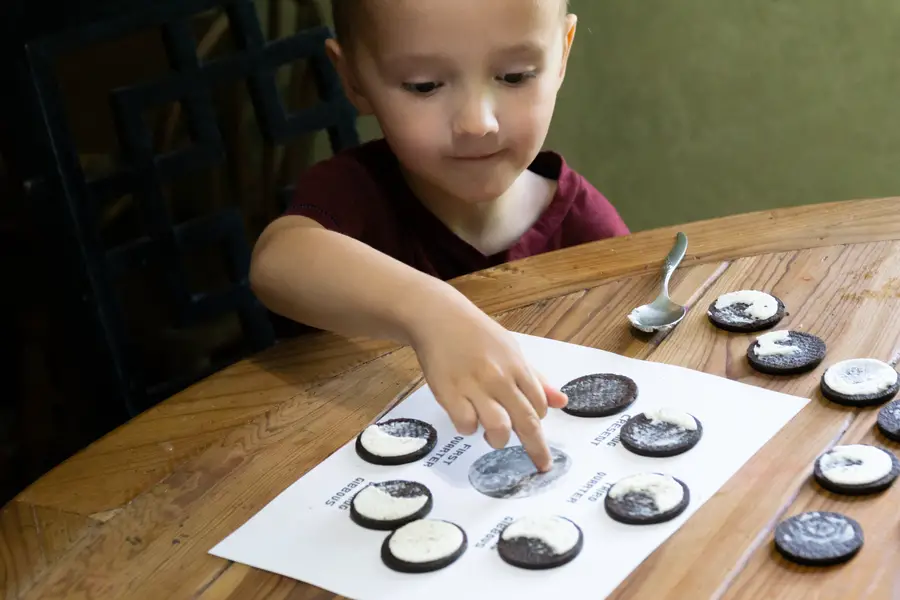
Edible science experiments are the best; especially when you’re learning about the phases of the moon with Oreos! It’s a tasty way to explore astronomy and have a little snack on the side.
Edible Layers of the Earth

Dig into the Earth’s layers with a deliciously educational experiment. Create an edible model of the Earth’s structure and slice into geology in the yummiest way possible.
Make Igneous Rocks you can eat
Get ready to rock with science! Baking some ‘igneous rocks’ is a sweet way to learn about rock formation and the Earth’s fiery processes.
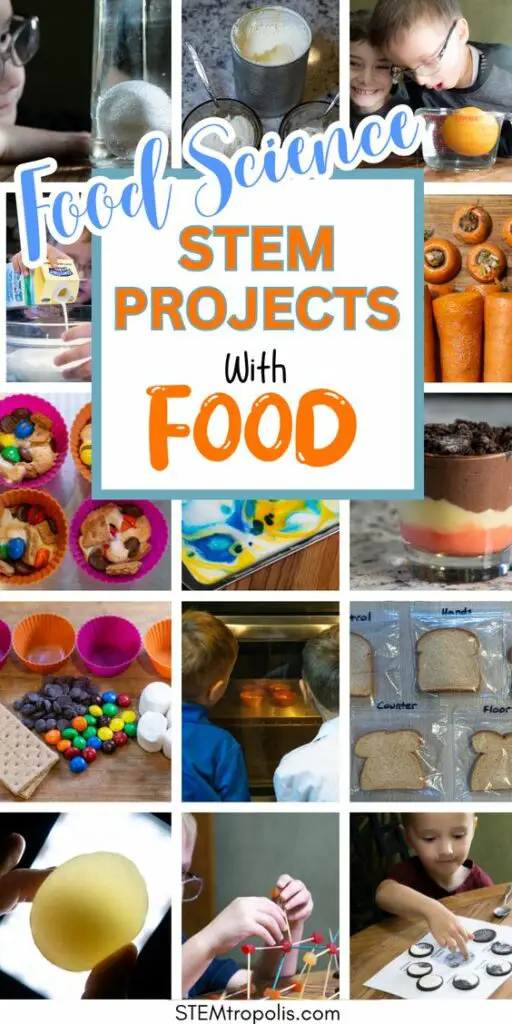
Wrap Up – Simple science experiments for kids using food
These are just a few simple kitchen science experiments for kids to give you some ideas for fun activities at home, homeschool, science fair projects, or in the classroom.
Kitchen science is an effective and enjoyable way to make science accessible and relevant to everyday life. It turns the kitchen counter into a laboratory, where learning is as close as the nearest pantry or refrigerator.

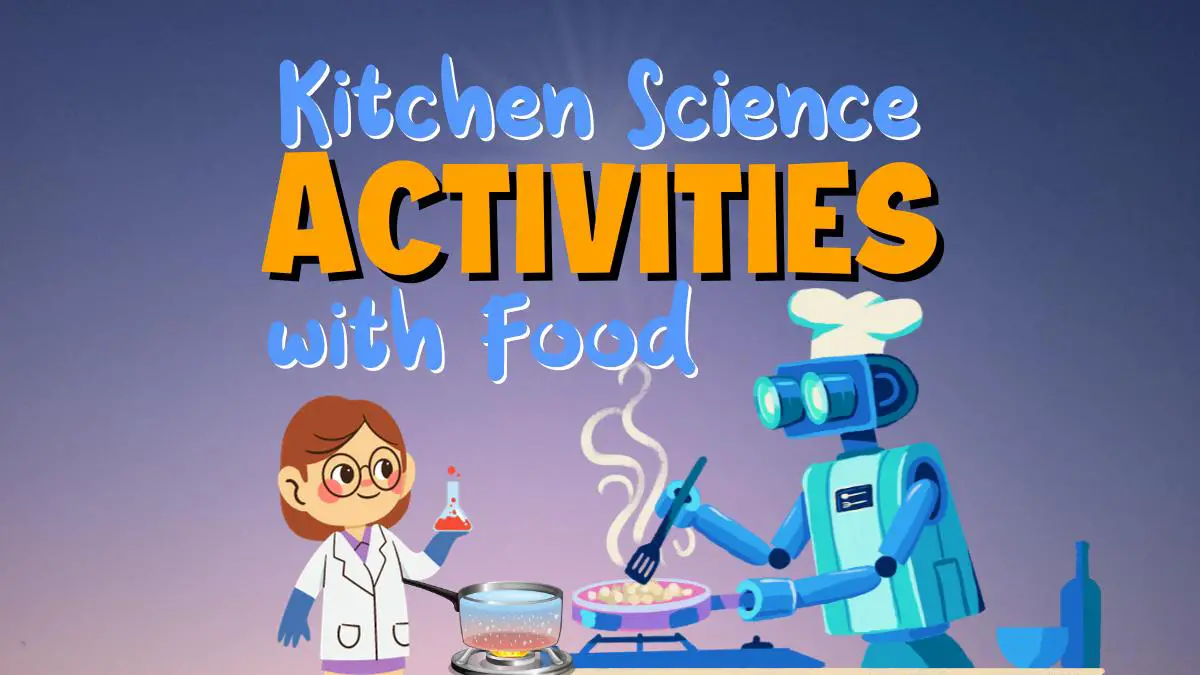

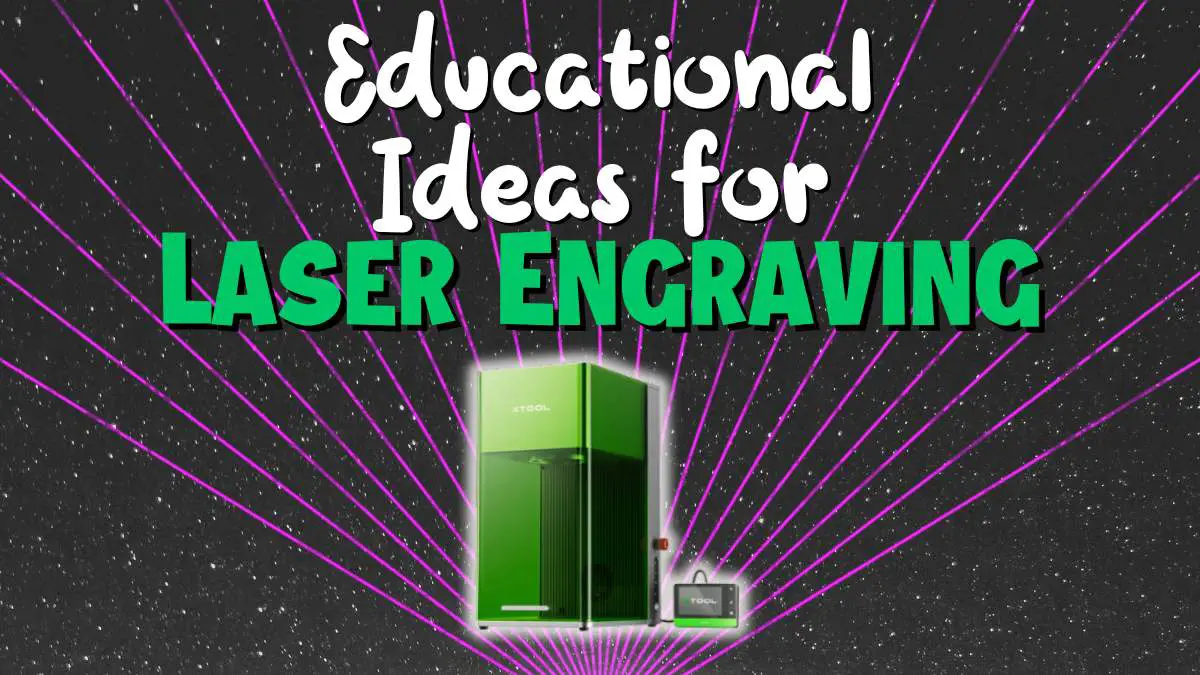
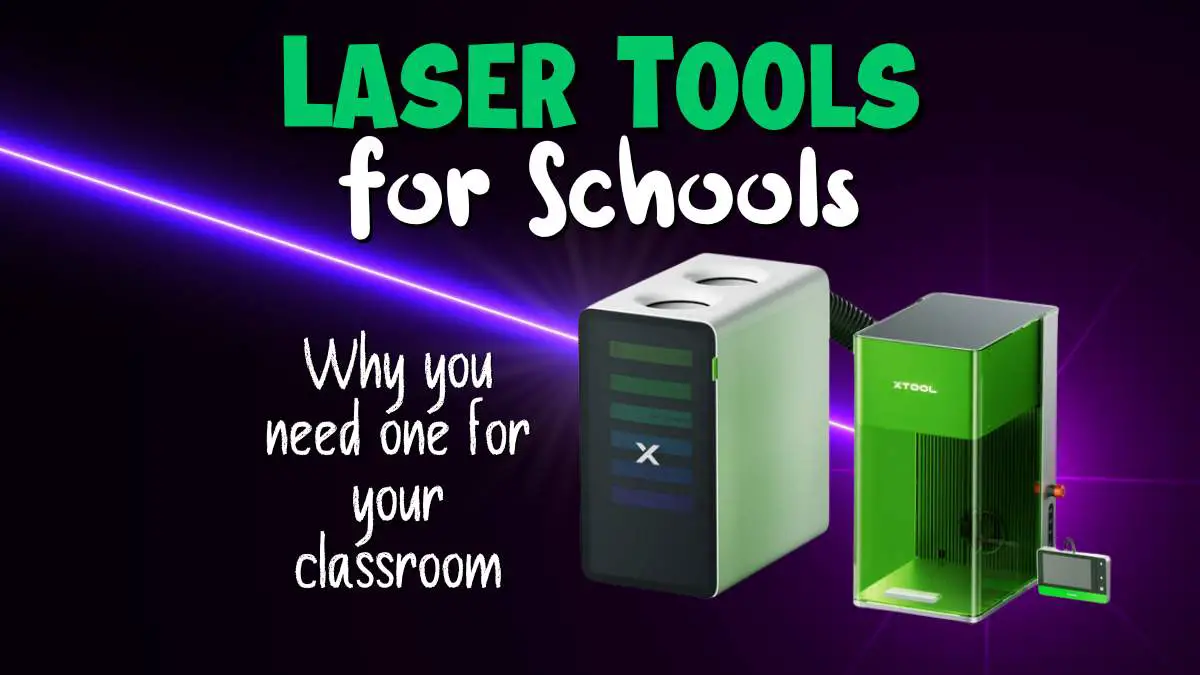
One response to “Kitchen Science Activities with Food for Kids: Play with your food for Science!”
Your post is really helpful and based on solid research. The material you supplied is quite beneficial, and your writing style is captivating. Your inclusion of concrete instances is quite helpful. Anyone interested in learning more about this subject would benefit greatly from reading this.